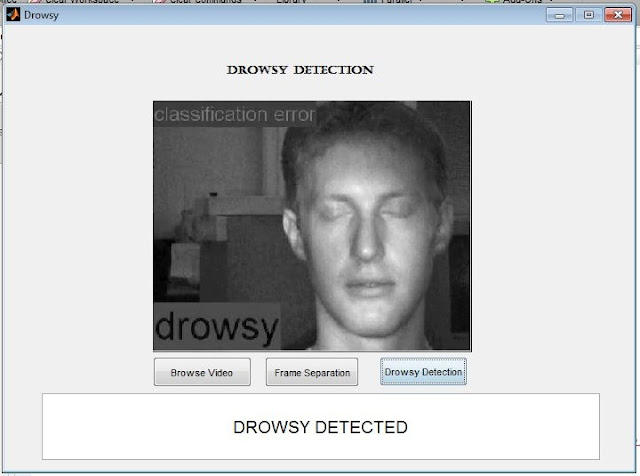ABSTRACT
This project presents an iris coding method for effective recognition of an individual. The recognition is performed based on a mathematical and computational method called discrete cosine transform (DCT). It consists of calculating the differences of discrete cosine transform (DCT) coefficients of overlapped angular patches from the normalized iris image for the purpose of feature extraction. DCT is used because it offers efficiency, it is much more practical and its basis vectors are comprised of entirely real-valued components. Iris recognition belongs to the biometric identification. Biometric identification is a technology that is used for the identification an individual based on ones physiological or behavioral characteristics. Iris is the strongest physiological feature for the recognition process because it offers most accurate and reliable results. Iris recognition process mainly involves three stages namely, iris image preprocessing, feature extraction and template matching. In the pre-processing step, iris localization algorithm is used to locate the inner and outer boundaries of the iris. Detected iris region is then normalized to a fixed size rectangular block. In the feature extraction step, texture analysis method is used to extract significant features from the normalized iris image with the help of Discrete Cosine Transform (DCT).
PROJECT OUTPUT
PROJECT VIDEO
Contact:
Mr. Roshan P. Helonde
Mobile: +91-7276355704
WhatsApp: +91-7276355704
Email: roshanphelonde@rediffmail.com










































